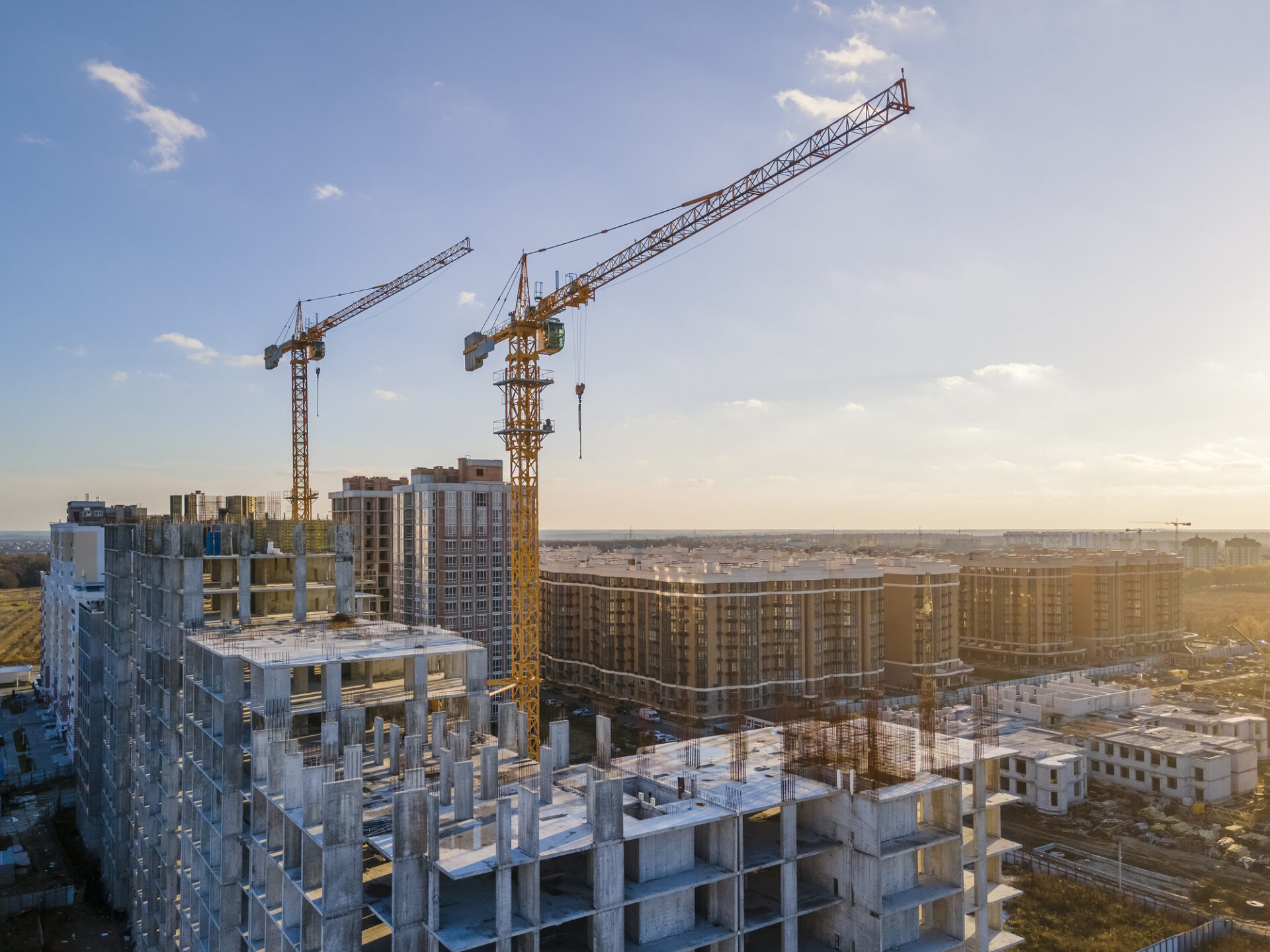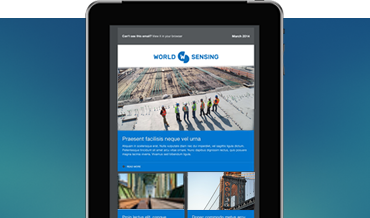Why wireless vibration monitoring is essential for building integrity
Civil infrastructure such as bridges, tunnels and rail lines are essential in our cities and day-to-day lives. Any compromise in their structural stability poses a risk not just of disruption but also of potential disaster.
In most countries, these structures age and are better exposed to extreme events, increasing the risk of collapse. Traditional monitoring methods, such as visual inspections, are causing operations disruption and are lacking accuracy. Wireless vibration meters are the solution to measure structures remotely and prevent risks.
Ageing infrastructure trigger potential risks
Infrastructure failures increased by over 800% in the US between 2021 and 2022 while more than two in five US bridges are at least 50 years old. Similar scenarios are recorded in other countries around the world.
This situation combined with the growing impact of climate change (high temperatures, heavy rainfall…) is increasing the need for robust monitoring ensuring buildings, bridges and tunnels resilience. Ageing projects will soon become a big risk if building integrity is not a priority. Local communities depend on engineers’ safe construction to protect them from infrastructure failures.
Strengthening building integrity through connectivity solutions
Engineers can now use tools such as Vibration Meters and Tiltmeters to detect early faults in infrastructures. Thanks to remote monitoring solutions, they now have access to predictive maintenance in real time. By averting catastrophic events, construction and wider engineering projects can become more sustainable.
“With extreme weather events emerging across the globe, it is imperative that infrastructure in our communities maintain the structural integrity it was designed to have. As a result of the heightened monitoring of vibrational events, the engineering community can also commit to protecting the environment in their journey to uplifting local communities through their development projects.” Andrea Bartoli, Chief Technology Officer at Worldsensing.
Over the past few years, regulators are placing increased scrutiny on industries producing high-vibrational activities. To ensure safe and stable infrastructures in these industries including construction, mining, and off-highway, there has been a shift to safeguarding both infrastructure and the comfort of local communities in the surrounding areas of construction sites.
Digitising engineering projects allows providers to remotely monitor and cut back on carbon emissions, rather than sending staff out to the field. Vibration Meters are uniquely positioned to help them comply with regulations of building integrity such as the German standard DIN 4140-3, its British Analog BS 7385-2 and the ISO 2631-2 regarding the effect of the vibrations on people.
The Vibration Meter can assess vibrational behavior according to various different parameters that are relevant to comply with regulations. Incorporating the connectivity solution into a monitoring system provides an end-to-end tool needed to ensure structural and health considerations are met.

